Name William Greaves | Role Filmmaker | |
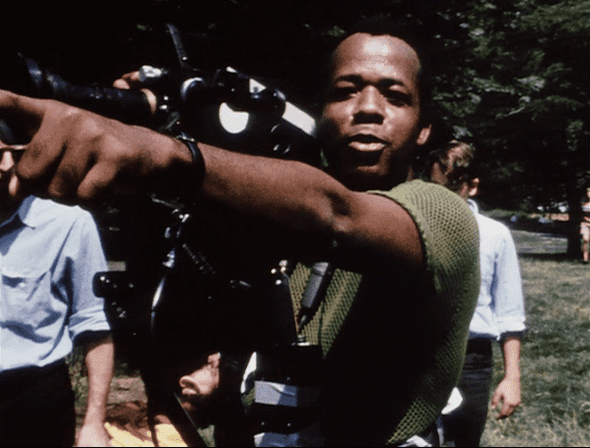 | ||
Spouse Louise Archambault (m. 1959–2014) Movies Symbiopsychotaxiplasm Children David Greaves, Taiyi Greaves, Maiya Greaves Parents Garfield Greaves, Emily Greaves Similar People Miles Davis, Joe Frazier, Richie Havens | ||
African american legends william greaves documentary filmmaker
William Greaves (October 8, 1926 – August 25, 2014) was a documentary filmmaker and a pioneer of African-American filmmaking. He produced more than two hundred documentary films, and wrote and directed more than half of these. Greaves garnered many accolades for his work, including four Emmy nominations.
Contents
- African american legends william greaves documentary filmmaker
- African american legends william greaves filmmaker
- Early life
- Acting and film training
- Freelance documentaries and television work
- After Black Journal
- Symbiopsychotaxiplasm
- Personal life
- Awards and accolades
- References
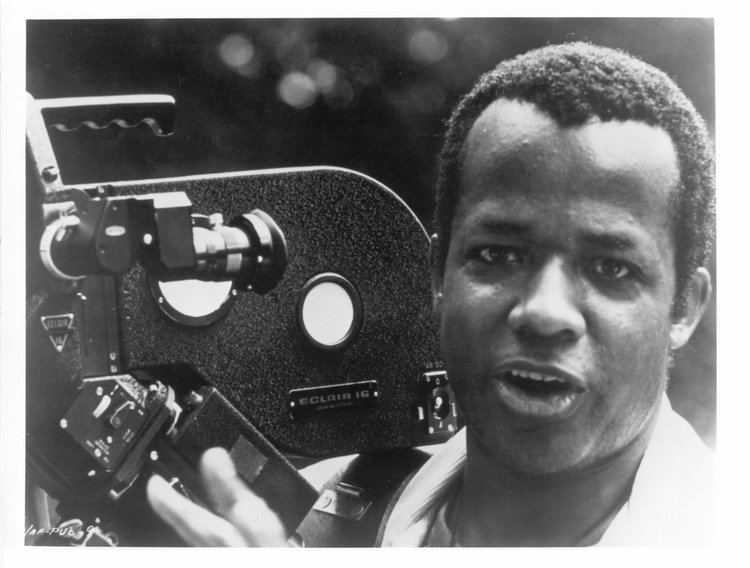
African american legends william greaves filmmaker
Early life

Greaves was born in Harlem in New York City on October 8, 1926. He was one of seven children of taxi driver and minister Garfield Greaves and the former Emily Muir. After graduating from the elite Stuyvesant High School at the age of 18, Greaves attended City College of New York to study science and engineering, but eventually dropped out to pursue a career in theatre. Starting as a dancer, he eventually moved into acting, working in the American Negro Theater.
Acting and film training

In 1948, Greaves joined The Actor's Studio and studied alongside the likes of Marlon Brando, Julie Harris, Anthony Quinn, Shelley Winters, and others. During this time, he undertook a number of roles on the stage and in the theatre, but eventually grew dissatisfied with the roles in which he was being cast. Realizing that most of the parts he could play were stereotype and derivative due to racism prevalent throughout American culture at the time, Greaves looked into African-American history. Seeing that his opportunities would be limited were he to continue to stay in America and focus on his planned course of acting, Greaves tried his hand at movie making, electing to move to Canada and study at the National Film Board of Canada.
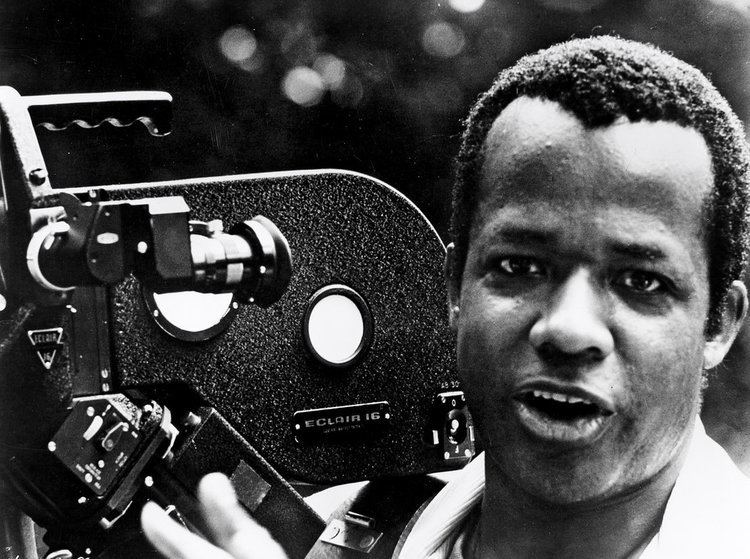
After six years working in various stages of production from director to editing, Greaves found himself behind the camera as director and editor of a film called Emergency Ward, which focused on the goings-on of a hospital emergency room on a Sunday evening.
Freelance documentaries and television work
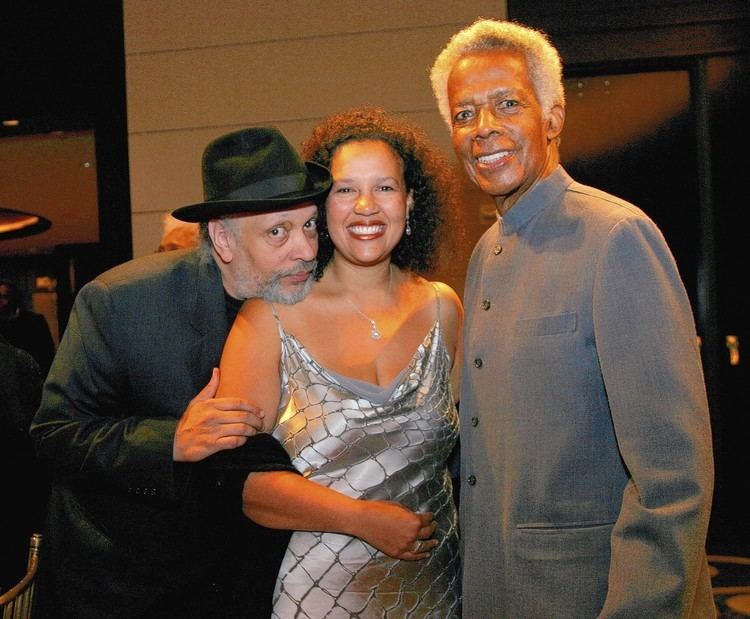
As the 1960s saw the rise of the Civil Rights Movement, Greaves returned to The United States to participate in the ongoing discourse regarding African-Americans and their place in society. Based on his work on Emergency Ward, he was hired by both the United Nations and the film division of the United States Information Agency (USIA) to make several documentaries, the two most acclaimed of which were Wealth of a Nation, an examination of personal freedom as a key boon to America's strength, and The First World Festival of Negro Arts (1968), which documented the 1966 World Festival of Black Arts, a celebration of both African and African-American culture.

In 1969, following soon after the assassination of Dr. Martin Luther King Jr., public broadcasting syndicate National Educational Television (a direct predecessor to the modern-day PBS) began to air a show called Black Journal with a mission to present news by African Americans, for African Americans, and about African Americans. After a tumultuous opening during the first few tapings, the NET network promoted Greaves (a co-host at the time) to executive producer of the show. Greaves ran the show until 1970, winning the show and himself an Emmy award for his work on the program in 1969.
After Black Journal
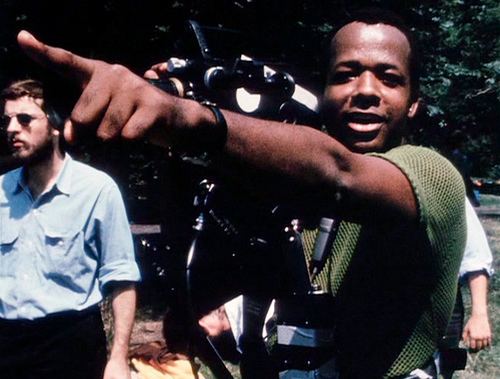
In 1970, after working on Black Journal for three years, Greaves opted to leave television to focus on film making. In 1971 he released a film titled Ali, the Fighter, which focused on Muhammad Ali's first attempt to regain his professional boxing heavyweight title. Greaves then went on to produce and make films for various commissions and government agencies, including NASA and The Civil Service Commission.
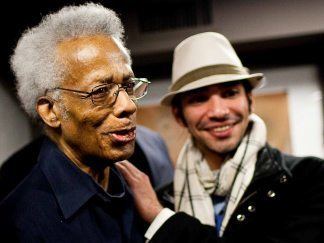
After this, Greaves produced numerous works, including From These Roots, Nationtime: Gary, Where Dreams Come True, Booker T.Washington: Life and Legacy, Frederick Douglass: An American Life, Black Power in America: Myth or Reality?, The Deep North, and Ida B. Wells: An American Odyssey, which was narrated by Nobel Prize in Literature and Pulitzer Prize winning author Toni Morrison.
In 2001, Greaves released one of his most ambitious works Ralph Bunche: An American Odyssey. According to Greaves, between attempting to securing funds and researching countless old manuscripts, photos, and newsreel footage, the film took him ten years to make. The final product was edited down from an initial cut of seventeen hours to two hours for the PBS show American Odyssey. The final project, narrated by Sidney Poitier, sought to bring the name of Ralph Bunche back into the public lexicon as Greaves felt he was an important, yet forgotten, political figure, one important to African American history and the Civil Rights Movement.
Symbiopsychotaxiplasm
While working on Black Journal, Greaves continued to produce films out of his own production company, William Greaves productions, which he had founded in 1964. One of the films he produced in this time period was a documentary that blended his fascination with the acting process with documentary film, which he called Symbiopsychotaxiplasm, an experimental, avant-garde film that he shot in the cinéma vérité documentary style that was growing in popularity.
The film, which was shot in 1968, takes place in Central Park in New York City and follows a documentary entitled Over the Cliff, one supposedly directed by Greaves himself and focusing on different pairs of actors who prepare to audition for a dramatic piece. What makes the film complicated are the three sets of camera crews Greaves employs to document this audition process. The first is told to film the actors in an effort to document the audition process. The second is told to document the first film crew. The third is told to document the actors, the remaining two crews, and any other passers-by or spectators who happen to fit into Over the Cliff's overarching theme of "sexuality".
As the film goes on, the various film crews start to grow irritated at what they perceive is an incompetent and sexist (or perhaps even misogynistic) director in Greaves. Torn between whether or not this entire situation is a plot by Greaves or not, the crews find themselves divided against him, at one point even plotting a revolt against their director. All of their doubts, insecurities, complaints, etc. are captured on film, and, when the project is complete, they turn all of their footage over to Greaves (including the incriminating evidence). Greaves, in turn incorporates their footage into his final product.
Through all of this, Greaves creates a giant circular meta-documentary featuring a documentary, a documentary about a documentary, and a documentary documenting a documentary about a documentary and all in the attempt of creating and capturing reality on film. To add to the coherence or incoherence of the piece, the film is also edited untraditionally, with the different cameras' various shots intercut in split screens so that all three sets of simultaneous footage display the same sequence but from three perspectives.
Symbiopsychotaxiplasm was unable to find mainstream distribution and instead toured various festivals and museum screenings, gaining something of a cult status amongst those film makers who had seen it. It eventually caught the eye of famous actor and filmmaker Steve Buscemi who saw it at a screening at the Sundance Film Festival in 1992. Ten years later, Buscemi and director Stephen Soderbergh teamed up to secure widespread distribution for the film as well as financing for the making of one of the four sequels Greaves had considered once he had finished the initial product in the late 1960s.
Symbiopsychotaxiplasm was finally released theatrically under its new title Symbiopsychotaxiplasm: Take One alongside its sequel, Symbiopsychotaxipasm: Take 2½, in 2003. The sequel focused on two of the actors from the original and picks up the narrative of the original film some thirty-five years later.
Personal life
On August 23, 1959, Greaves married Louise Archambault, who became a frequent collaborator on his projects, going so far as to even produce his documentary on Ralph Bunche. They have three children: David, Taiyi, and Maiya.
Between 1969 and 1982, Greaves taught film and television acting at the Lee Strasberg Theatre and Film Institute in New York.
While not working, Greaves could be found touring various universities and cultural centers around the world presenting his films, conducting workshops, and speaking about his experiences in indie film and the process of creating film as it is to actors, directors, professionals, and more.
Greaves died at the age of 87 at his home in Manhattan on August 25, 2014.
Awards and accolades
Besides the Emmy he won for his work as executive producer of Black Journal in 1969, Greaves was nominated for an Emmy for his work Still a Brother: Inside the Negro Middle Class, which also won the Blue Ribbon Award at the American Film Festival. Beyond these, many of his films have played at festivals and garnered numerous awards, with certain films (including Ida B. Wells) winning upwards of twenty awards across the many venues where they have been played.
In 1980, Greaves was honored alongside Robert De Niro, Jane Fonda, Marlon Brando, Arthur Penn, Sally Field, Rod Steiger, Al Pacino, Shelley Winters, Dustin Hoffman, Estelle Parsons, and Ellen Burstyn with the Actors Studio in New York's first ever Dusa Award. Also in the same year, he was inducted into the Black Filmmakers Hall of Fame and received a special homage at the first Black American Independent Film Festival in Paris. In 2008 the Full Frame Documentary Film Festival honored him with its Career Award.[1]
Symbiopsychotaxiplasm was added to the National Film Registry in 2015.
